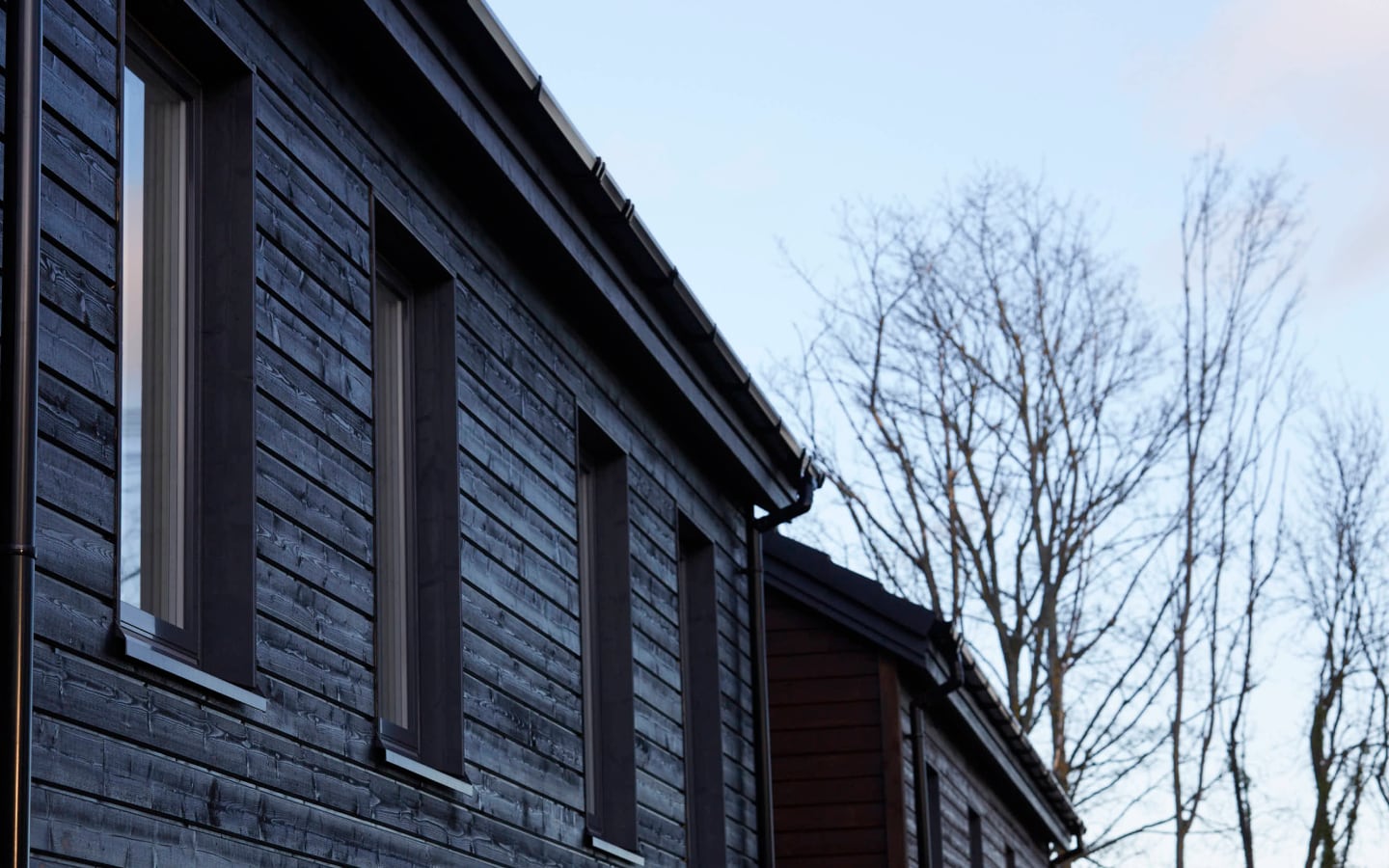Working with Talo, their production factory is co-located with a sawmill, and together with the flat pack design this minimises transportation and associated carbon emissions. Offsite fabrication reduces onsite build time, improves quality tolerances, and the use of factory-installed external cladding significantly reduces onsite waste and CO2 production.
The closed panels remain completely dry during the build process, reducing water usage and minimising the need for remedial works, which is kinder to our planet, and improves the customer experience. It also enables a faster build: depending upon the size and design of the home, it can be completed within seven to ten weeks, half the time of a comparable traditionally built home.
Water will be heated only when it’s needed, light switch sensors attune to the natural rhythms of the day, and the construction means an extremely efficient and warmer home. Lower running costs mean higher living standards and increased opportunities.

